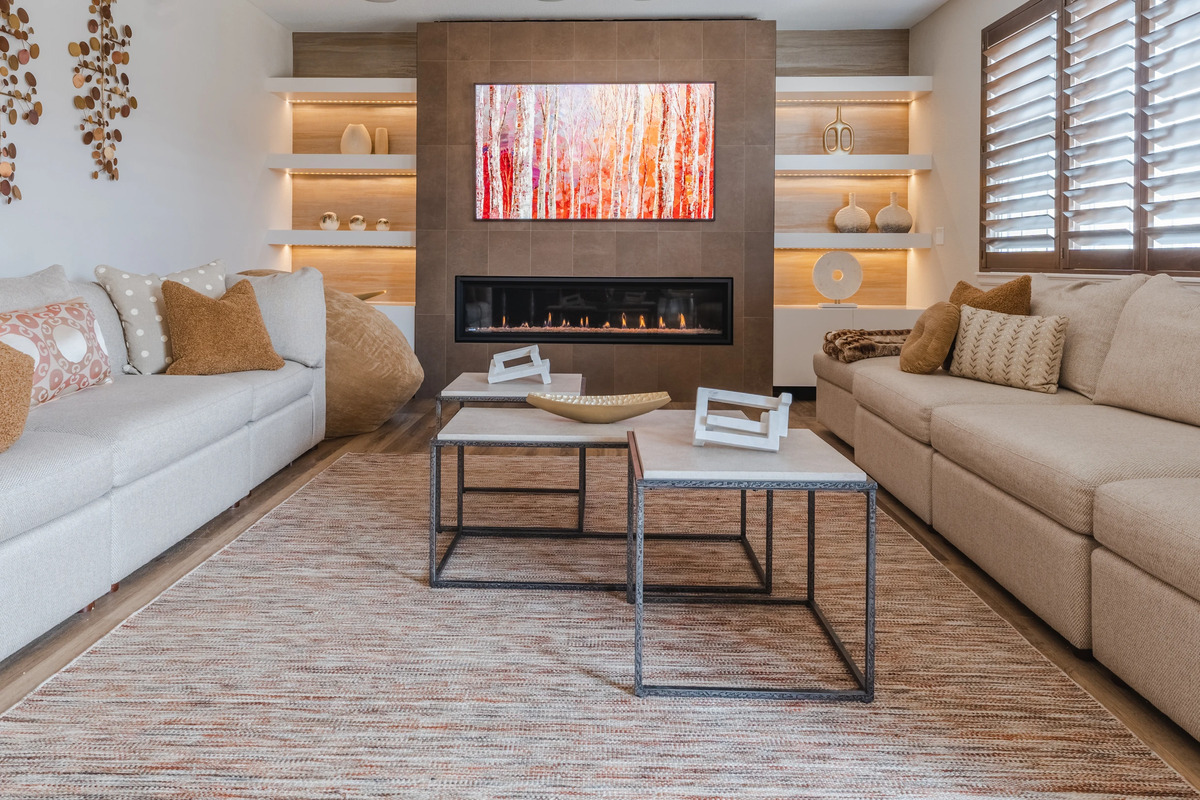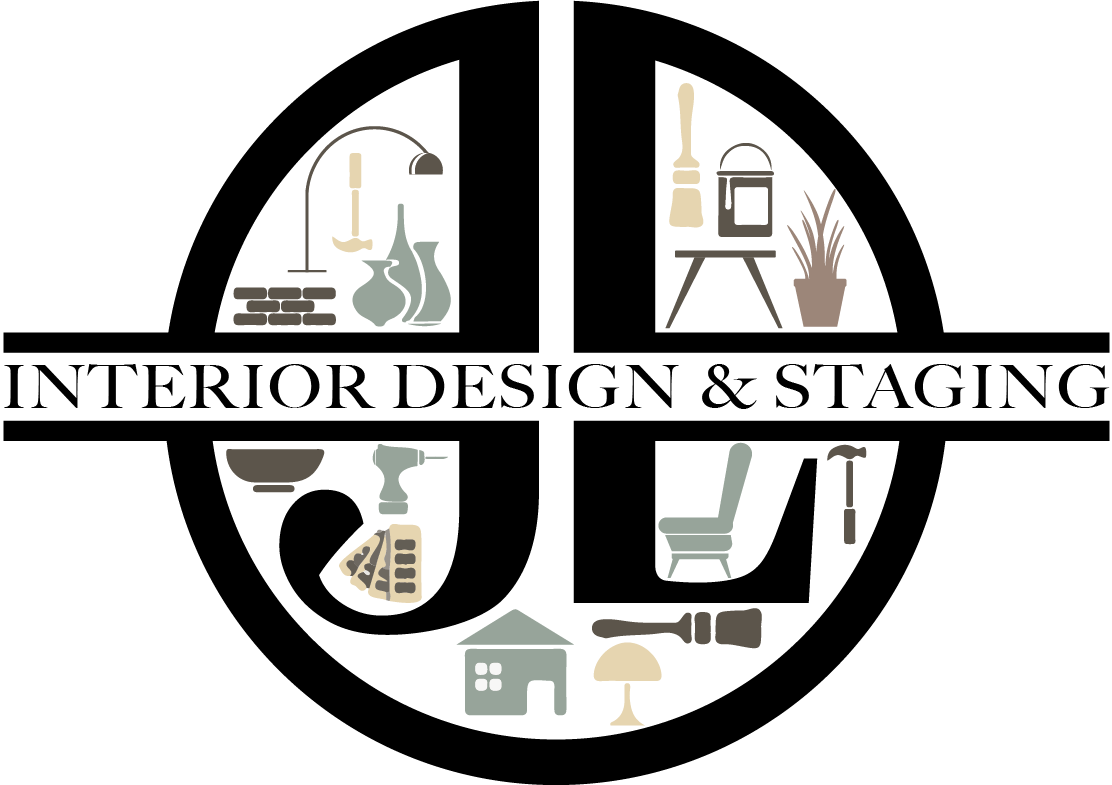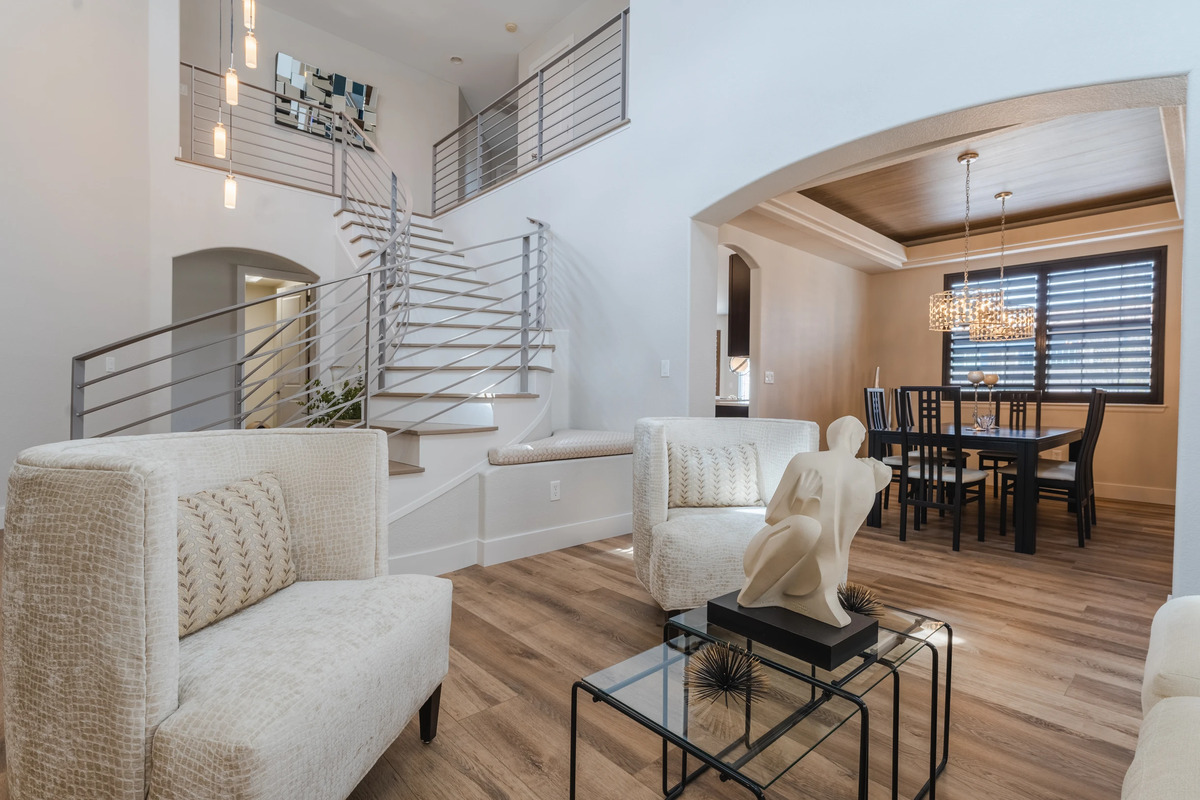Consider Existing Elements
Cabinets, countertops, and appliances are all existing elements you may wish to incorporate into your kitchen update. Be sure to consider how these will interact with new elements so they do not interfere with your desired aesthetic.
Start with Complimentary Styles
Design styles that can be easily combined are modern and rustic, traditional and contemporary, or industrial and farmhouse. Look for styles that have shared elements to build around.
Choose a Dominant Style
Designating one of the styles as primary will help to create a cohesive look and keep styles from clashing. For example, suppose you are mixing modern and traditional styles. In that case, you might choose modern cabinets with traditional countertops and hardware.

Incorporate Transitional Elements
A transitional style light fixture or a transitional style rug can help bridge the gap between different design styles. Transitional elements typically mix traditional and modern design elements and can help create a cohesive look.
Consider the Function
When planning a kitchen remodel, it’s essential to consider the function of the space in addition to the design. Think about the details. Small details can make a significant impact on a kitchen remodel. Incorporating design elements such as lighting, hardware, and accessories can help tie together different design styles.
Plan your Budget
Mixing design styles can be expensive, especially if high-end materials or custom work is involved. Consider creating a mixed-design kitchen on a budget by repurposing existing materials or shopping for discounted materials.
Consult a Professional
Hire a professional: If you’re struggling to overcome conflicting design elements, consider hiring a professional interior designer. A designer can help you create a cohesive design that incorporates all the details you want while avoiding conflicting styles and offering tips for creating a beautiful and functional space.


